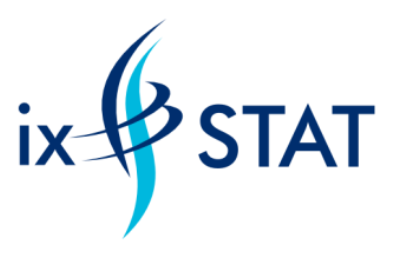
The “Biostatistics in R” course is designed for medical professionals, students, and those working in clinical research organizations (CROs) who wish to apply statistical methods to medical data. This course combines statistical theory with practical examples implemented in R, making it a comprehensive introduction to biostatistics in the medical field.
Course Content:
- Prospective vs Historical Data: Understanding the differences between these two types of data and their implications in research.
- Simple Statistical Tests:
- Comparing two or more populations
- T-tests, ANOVA, and non-parametric methods for analyzing group differences.
- Clinical Trials Topics:
- Randomization: Techniques and importance in reducing bias.
- Sample Size and Power Analysis: How to determine the appropriate sample size to ensure that a study is adequately powered to detect significant effects.
- Survival Analysis Topics:
- Kaplan-Meier Survival Curves: Visualizing and analyzing survival data.
- Cox Proportional Hazards Regression Models: Exploring the relationship between survival time and predictor variables.
- Parametric Survival Models: Advanced models that provide different assumptions for survival data analysis.
This course is perfect for anyone looking to develop a solid foundation in biostatistics with hands-on experience using R. It equips participants with practical skills to analyze medical data and interpret statistical results in the context of healthcare research. Whether you’re involved in clinical trials, epidemiological studies, or any form of medical research, this course will provide you with the tools to apply biostatistics effectively in your work.
And don’t worry—there’s no test at the end of this course where your survival is measured using Kaplan-Meier curves! We’re all about making statistics fun, not fatal 🙂
